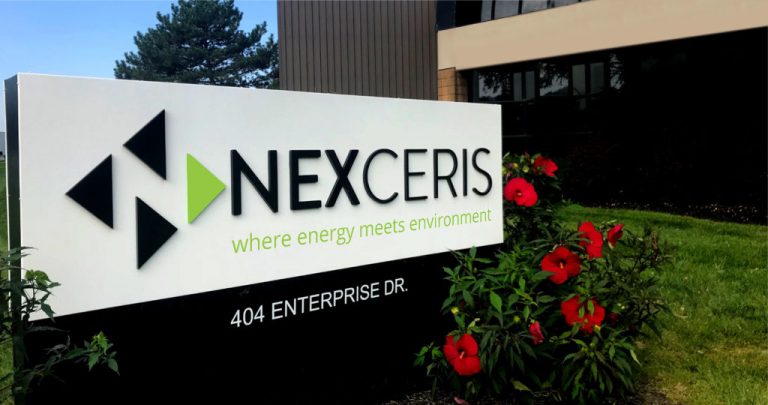Aviation & Transportation
Aviation
The driving force to move toward high-energy density storage capability of lithium-ion batteries in the aviation industry is evident – weight is paramount when you are in the air. But, so is safety. The Radio Technical Commission for Aeronautics (RTCA) is actively revising their recommendations to improve the safety of rechargeable lithium-ion battery systems that are permanently installed on aircraft. The RTCA standard defines three distinct venting categories pertaining to how off-gas emissions are vented within the battery system design and requires manufacturers to declare the venting category for their battery.
In the Nexceris Sensors division, Li-ion Tamer® systems can be used to provide monitoring of all venting categories outlined in the RTCA standards. Doing so can improve the situational awareness of your system, while providing valuable warning of a failing battery.
Electric Vehicles
Electric vehicle adoption worldwide is on the rise, with lithium-ion batteries being the source of energy in many different consumer vehicles. Battery off-gas detection is one of the many crucial safety measures necessary to safely implement lithium-ion technology in the automotive industry.
After 10 years of research and development, Nexceris has developed the Li-ion Tamer® off-gas sensors, which are now commercially available through Honeywell and Xtralis’ distribution channels. Integration of the off-gas sensors in EV battery packs can help stop ongoing battery abuse and prevent catastrophic failure, protecting property and strengthening brands.
Marine
Marine battery safety requirements are developing quickly as adoption of battery systems is beginning to grow. The current regulations are a mix of prescriptive and risk-based rules and include scope concerning off-gassing of batteries. One of our sensor systems can be used to mitigate risks associated with off-gassing of cells.
In the Nexceris Sensors division, Li-ion Tamer® for lithium-ion battery systems can be used to provide monitoring of all venting categories outlined in RTCA standards.
Diesel Powered Vehicles
Nexceris Updates

Nexceris Celebrates Earth Day 2025
Nexceris has made the Columbus Business First Fast 50 list. The Fast 50 list consists of the fastest-growing businesses in Central Ohio, showing tremendous growth year after year.

Nexceris Honored to Make 2024 Fast 50 List
Nexceris has made the Columbus Business First Fast 50 list. The Fast 50 list consists of the fastest-growing businesses in Central Ohio, showing tremendous growth year after year.

Nexceris hosts Gov. Taizo Mikazuki from Shiga Prefecture, Japan
During his visit to Columbus for the 54th Annual Midwest U.S.-Japan (MWJA) Conference Sept. 9-10, Gov. Taizo Mikazuki of the Shiga Prefecture made a significant stop
